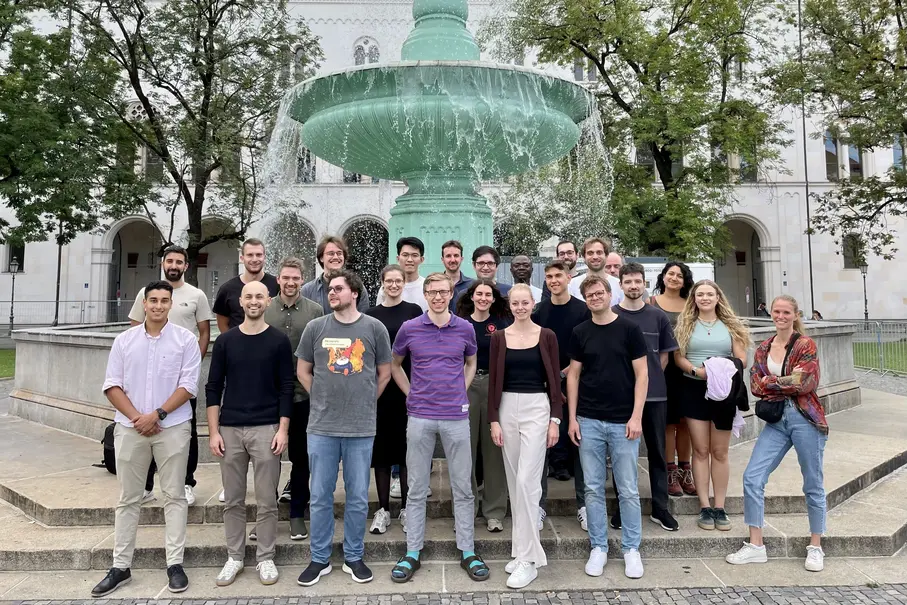10.11.2025

MCML at ICDM 2025
Two Accepted Papers
25th IEEE International Conference on Data Mining, Washington DC, USA, Nov 12-15, 2025
We are happy to announce that MCML researchers have contributed a total of 2 papers to ICDM 2025. Congrats to our researchers!
Main Track (2 papers)
MNN-Closure Meets Local Maxima: A Double-Knee Approach to Anomaly Detection.
ICDM 2025 - 25th IEEE International Conference on Data Mining. Washington DC, USA, Nov 12-15, 2025. To be published.
TABFAIRGDT: A Fast Fair Tabular Data Generator using Autoregressive Decision Trees.
ICDM 2025 - 25th IEEE International Conference on Data Mining. Washington DC, USA, Nov 12-15, 2025. To be published. Preprint available. arXiv
#research #top-tier-work #bischl #seidl
Related

28.11.2025
MCML at NeurIPS 2025
MCML researchers are represented with 45 papers at NeurIPS 2025 (36 Main, and 9 Workshops).

27.11.2025
Seeing the Bigger Picture – One Detail at a Time
FLAIR, introduced by Zeynep Akata’s group at CVPR 2025, brings fine-grained, text-guided detail recognition to vision-language models.

25.11.2025
InterACT Workshop 2025
InterACT gathered 24 researchers in Munich for intensive xAI collaboration, generating new ideas, joint projects, and a EurIPS 2025 workshop paper.

25.11.2025
Daniel Rückert Among the World’s Most Cited Researchers
MCML Director Daniel Rückert is among the world’s most cited researchers for AI in healthcare, part of 17 TUM scientists recognized in 2025.
